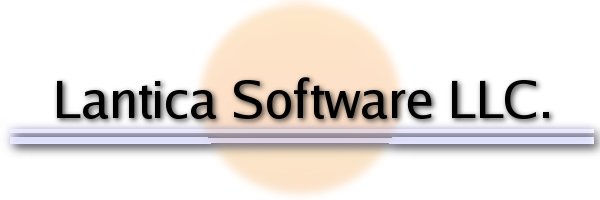|
As we all know, over time Windows slows down and sometimes it gets so bad that the only way to fix it is a reinstall. This is particularly common for power users and IT personnel who often install programs for evaluation purposes or that are used once in awhile.
One thing that can help is removing unused fonts, since most Windows fonts are actually a program. In practice most people use maybe 10 fonts maximum. (Times New Roman, Arial, Comic Sans, Lucida, Tahoma, Verdana and a few others.) A few additional are needed because particular programs use them.
Of course, the problem with a reinstall is all the upgrades for the individual programs. I am in the process of reinstalling Windows 7 and there are about seven maintenance upgrades to take Acrobat Standard from 9.0 to 9.4.4 and each requires a reboot. A full reinstall of all the programs a power user uses can take over 100 hours, it requires constant user interaction, and with all the required reboots, etc., the machine is basically useless while an install is running.
Here is a trick I found that makes this SOMEWHAT less of a pain, which I call the "piecemeal reinstall" technique.
On pretty much all modern desktops, during POST the user can go into Setup and select which drive to boot from.
Add a second hard disk, temporarily disconnect the old disk, and do a basic reinstall to the new disk. Just install the programs you absolutely have to have. Then reconnect the old disk, but leave the new disk as the boot disk.
You can install additional programs as needed or when time allows. If you absolutely have to have something immediately, just reboot to the old disk and everything is still there. All your settings, the program you forgot about because you rarely use it, etc., are still available.
Eventually (about 3-4 weeks), you will reach the point where you never need the old install. At that point, clone the new disk onto the old disk and remove the new disk.
The temporary new disk can actually be an old spare and doesn't need to be as large or fast as the old disk, since it will just be temporary. (For instance, the old disk could be a 1TB SATA-2 and the temporary could be an old 80GB PATA.)
At one point I had to reinstall at work, which took about 40 hours (I have a lot of programs), so I used this technique to spread the reinstall over about 3 weeks.
|

 Pages: 1
Pages: 1 Send Topic
Send Topic  Print
Print
 Piecemeal reinstallation technique (Read 908 times)
Piecemeal reinstallation technique (Read 908 times)
 Pages: 1
Pages: 1 Send Topic
Send Topic  Print
Print






